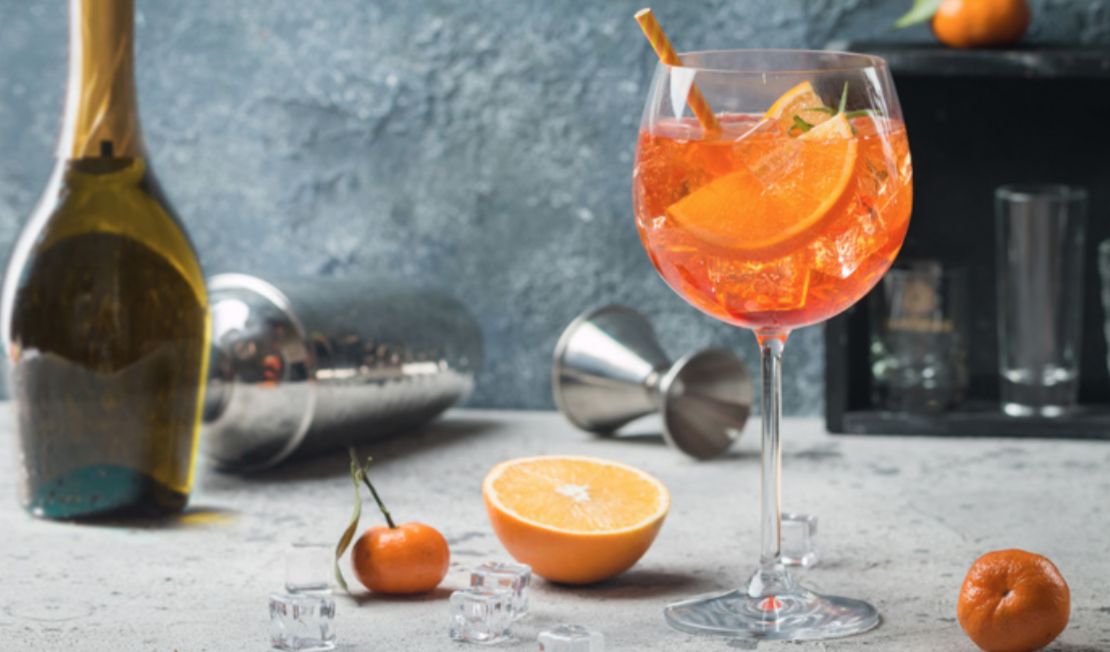Prosecco may have been around for years but it has only gotten wildly popular fairly recently. Made mostly from an inexpensive grape variety called glera (formerly called prosecco — yes, confusing) with the possible addition of up to 15% of other authorized grapes, Prosecco is the modern antithesis of Champagne. Where Champagne is considered to be the fullest bodied and most complex sparkling wine in the world and perhaps suffers a little from the disease of great expectations with its illustrious reputation and lofty prices, Prosecco is among the lightest and simplest with an ever-appealing price tag. To put it another way, if Champagne is an elderly, stately woman wearing enough jewelry to create havoc for the radar of passing aircraft, Prosecco is the hip, fresh-faced young lady with multiple ear piercings, torn jeans and a warm smile.
Champagne is made with mostly expensive varietals, chardonnay and pinot noir, with the addition of the lesser pinot meunier grape and boasts an arduous process that includes a second fermentation that happens right inside the very bottle you purchase. This process is known as the Methode du Champenoise and can take a few years or more to get from the fermentation tanks to your glass. Prosecco is mostly made in the “Charmat” method in which the wine is essentially created and fermented in large stainless steel tanks in a minimum of 30 days and is bottled under pressure, creating a simple and inexpensive system in which to fashion this lively, fruity and lovable sparkler. Think of it as a casual BLT sandwich compared to Champagne’s sophisticated Boeuf Bourguignon.
Although the finished product is generally relatively unsophisticated, you can up the game by looking for a selection with the word “Superiore” on Prosecco’s label. This is a legal definition that raises the bar for quality, craftsmanship and uniqueness and is commonly only a little higher in price, yet offers a big step up in complexity. It’s a little like a base model car with all the options added on — same car, more fun. To illustrate Prosecco’s recent popularity: in just the last 10 years the sales of this sparkler have literally quadrupled, proving there’s something to be said for the banality of popularity.
Prosecco is made in the northeast of Italy and thought to have been named for the eponymous village near Trieste. Though it has been around for centuries as a sweet sparkling wine, it took until the 1960s and onward to develop into an Extra-Dry style — that is to say, mostly dry, but less dry than Brut, which typifies Champagne. In fact, if it doesn’t say the dryness level on the label of a bottle of Prosecco, it is most likely Extra- Dry. With the emergence of its notoriety, many houses now make a Brut version in an attempt to draw in the Champagne drinkers. For me though, the Extra-Dry is the way to go. It charms with a slight kiss of sweetness, a gush of fresh fruit and a discernable lightness that makes you think you should secure the glass to the table before it floats away. It is quintessentially summer in a glass.
There’s also good news for those who live a life behind bars — a.k.a. bartenders — Prosecco has become a mixologist’s best friend. It began as a staple decades ago for the famous Bellini cocktail of “Harry’s Bar” in Venice (an Ernest Heming- way favorite) but has since gone on to bigger and better things. It seems to have a natural affinity for gin as it is a popular addition to many new artisan gin cocktails. If you have ever been to the northeast of Italy, particularly Verona or Venice, there is a brightly colored orange drink that sits on almost every table of the outdoor cafés and trattorias of which the primary ingredient is — you guessed it: Prosecco. Known as the “Venetian Spritz” but more commonly recognized as an Aperol Spritz, it brings the world of bitter and sweet together without a broken heart over ice and sliced oranges. You’ll love it or hate it. But for me, sitting in the breathtaking Piazza delle Erbe in Verona on a warm late afternoon sipping this splendiferous orange-hued beauty, is about as good as it gets.
Whatever form you choose to drink it in, there’s no denying Prosecco’s prowess in the wine world today. If you have yet to discover the charm and conviviality of this charismatic sparkling wine, with a warm and gorgeous New England summer upon us, what better time to make its acquaintance.
BY Gordon Heins, Wine Expert for New Hampshire Liquor Commission


